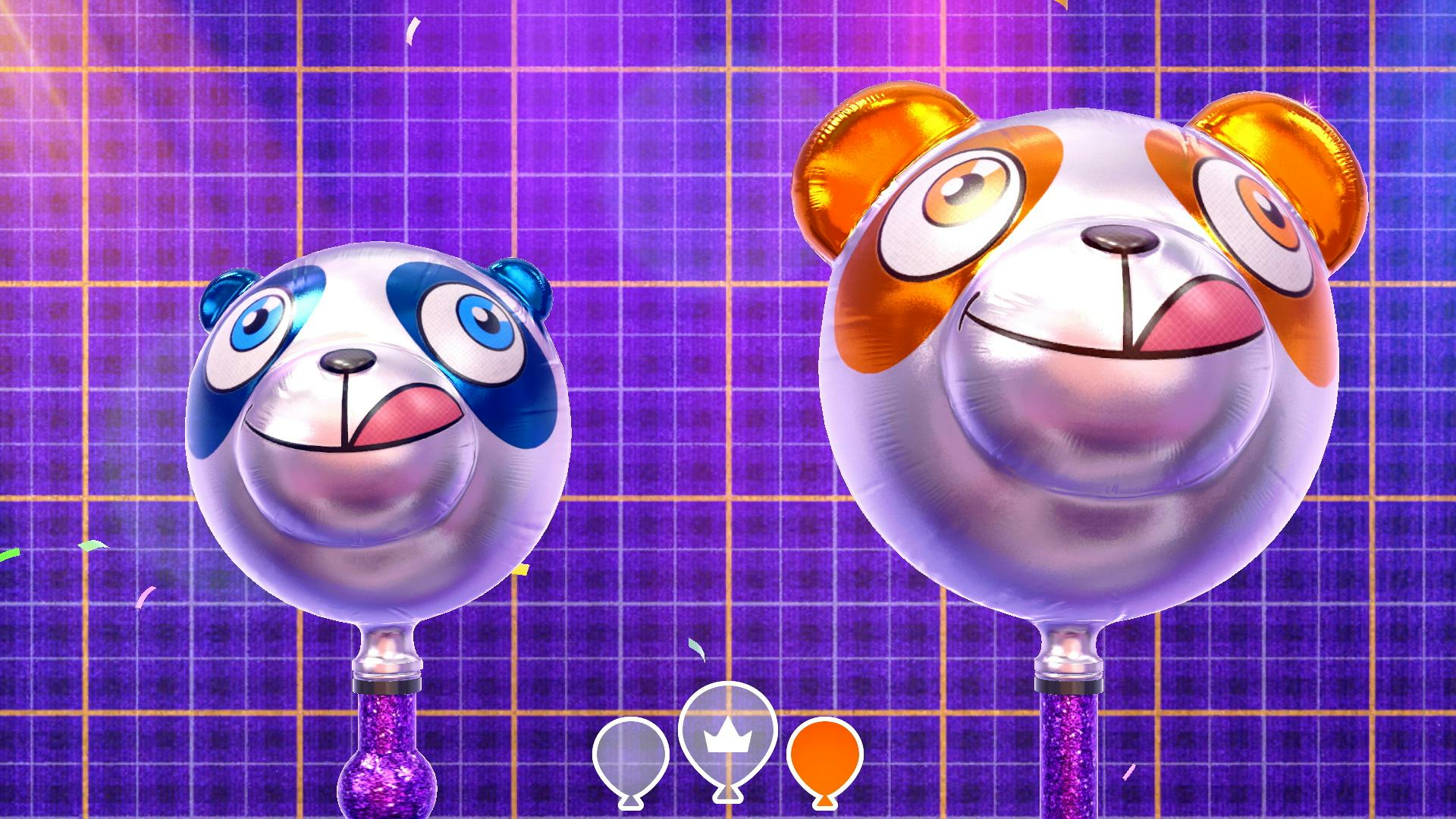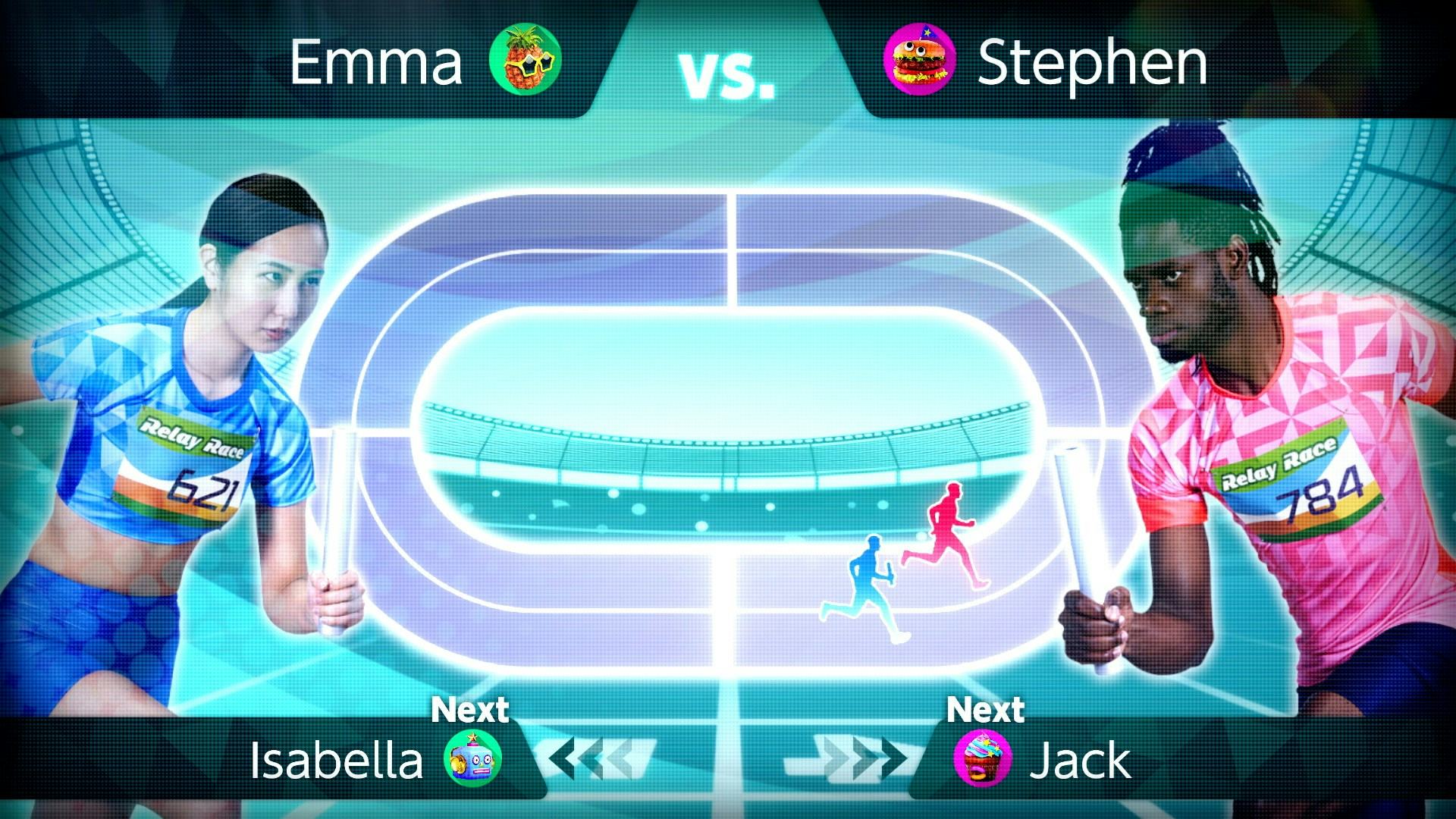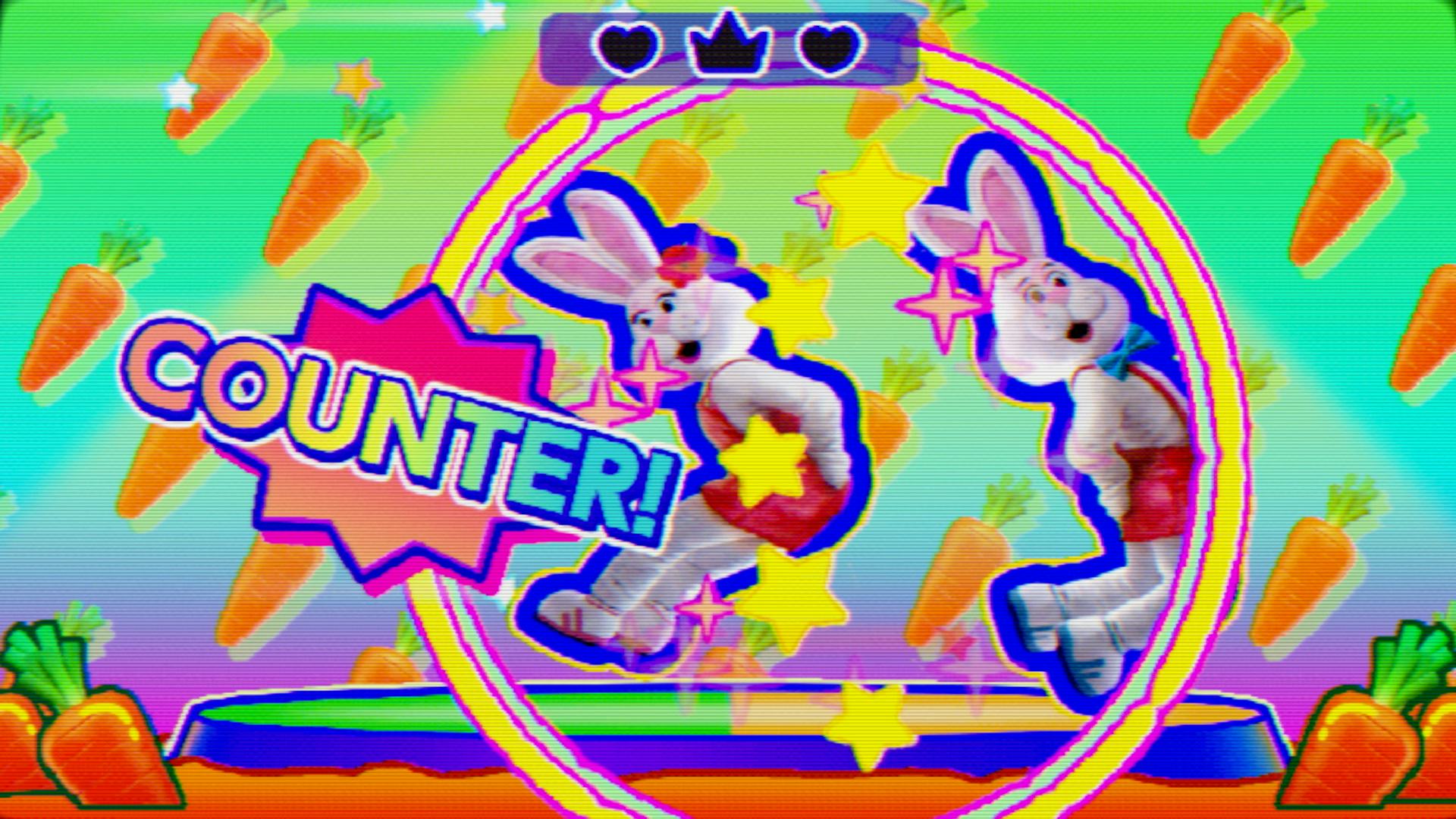
The first mini-game you play in Everybody 1-2-Switch is “Balloons.” And it represents both the game’s triumphant embrace of simplicity and why players might be tempted to dismiss it out of hand. My fellow players — my six-year-old son and his twin seven-year-old cousins — were not at all bothered. In fact, they were stoked. The rules are straightforward: pump a Joy-Con to fill a mylar balloon with just enough air… but not enough to pop it.
The stakes were low but the drama was high. In ten seconds, you get the full spectrum of emotion: the chaotic joy of hearing the mylar stretch, wondering if you’ve gone too far, pleading eyes urging you to try your luck again… and finally, the devastation of a burst toy.
Best two out of three?

Everybody 1-2-Switch is the latest in a string of first-party Nintendo games to become an instant punchline. (Remember the much-maligned Labo?) But to its intended audience — mostly casual players, who make up 41 percent of all gamers in the US — it’s no joke. But it might make you laugh. And smile. But despite the decidedly lackluster critical reception, Everybody 1-2-Switch is far better than you’ve heard — and well worth a second look.
Cast your mind back thousands of years, to 2017. The Nintendo Switch launched with its narrowest line-up since three decades earlier, when the N64 was released along with Super Mario 64 and Pilotwings 64. This time, we got a groundbreaking, original experience for players old and young. No, I’m not talking about Breath of the Wild.
If Zelda was for the “hardcore gamers,” then 1-2-Switch was for everyone else. Earlier this year, Nintendo took a page from its 2017 playbook, sending us back into Hyrule for the highly lauded Zelda sequel, Tears of the Kingdom. It also quietly released a new iteration of its game for everybody else.

The few reviewers that took note of Everybody 1-2-Switch wasted no time in thrashing it. No advance copies were sent out, with Nintendo limiting press activity to a handful of invite-only demonstrations. Weeks after its release, it has 20 critic reviews listed on Metacritic, compared to Tears of the Kingdom having 141 reviews, and before that, Advance Wars 1+2: Re-Boot Camp getting 99 reviews. Here’s a sampling of the reviews:
- “Everybody 1-2-Switch is a game with no real reason to exist, and its lineup of mostly boring, overly simple, poorly-presented games fails to justify its existence,” writes HardcoreGamer.
- IGN calls it a “tedious and surprisingly small catalog of unoriginal and mostly poorly designed minigames that’s guaranteed to bring any party grinding to a halt.”
- Metro Game Central refers to it as “[a] game whose very existence is absolutely baffling.”
I dare say those reviewers are not keeping in mind that “everybody” includes those outside of their enthusiast readers. They include those like my six-year-old son, who asks me to blow up real balloons for the sheer thrill of bouncing them up in the air over and over.
Not coincidently, he’s the perfect playmate for a spirited round of Everybody 1-2-Switch, which takes the first game’s mano-a-mano duel and widens it to matches up to 100 (not a typo!) players. Much like the Jackbox Party games, it democratizes the usual awkwardness of sticking a 16-button monstrosity into the hands of a non-gamer and puts everybody at ease.

Due to a feature by Fanbyte’s Imran Khan in June 2022, game enthusiasts have known about Everybody 1-2-Switch for nearly twelve months. All the early signs pointed to an execrable experience.
“When playtesting groups received the game, the feedback to the development team was brutal,” Khan wrote, adding that “during the localization process, sources started calling the game ‘Horseshit’ as shorthand.”
When Nintendo finally opened the curtain, they hinted at a vague range of experiences, “featuring everything from balloons to aliens.” Now that the game is out in the world, it’s clear there wasn’t all that much to explain in the first place. The setup is bone simple: Split into two teams; the first team to a set number of points wins. Activities are purposefully mundane, like flipping a steak on a hot pan, answering true or false questions, and doing squats.

The original 1-2-Switch was almost the antithesis of a video game, removing the all-important “video” part of it. It drew your attention away from the screen: a banner of text flashed across the screen, “Look each other in the eye!” The sequel moves beyond this conceit, and it’s often far more important to listen for an audio cue or watch your opponents’ twitching hands than to keep your eyes glued to the screen. It’s a subtle subversion of the shoulder-to-shoulder competitive play Nintendo has iterated on for decades, and a return to the company’s roots in playing cards, where the look on your opponent’s face tells you all you need to know.
Perhaps the biggest reason Everybody 1-2-Switch and its predecessor are widely mocked is its purposefully goofy aesthetic of exuberantly dressed human beings, photographed and filmed, in a cheeky way I don’t recall seeing outside of FMV games from the early 90s. But for me, it works: This is not some high fantasy setting filled with political intrigue. This is a tongue-in-cheek glimpse at what the real world might look like if we were all more comfortable being awkward and ourselves.
The point is not to pretend to be some cartoon hero and save the world. The point is to be in a room with other humans. And oh yeah: the whole shebang is hosted by a horse-man named Horace. What’s not to like? That’s reason enough for Everybody 1-2-Switch to exist right there.
Cult of Nintendo is an Inverse series focusing on the weird, wild, and wonderful conversations surrounding the most venerable company in video games.







